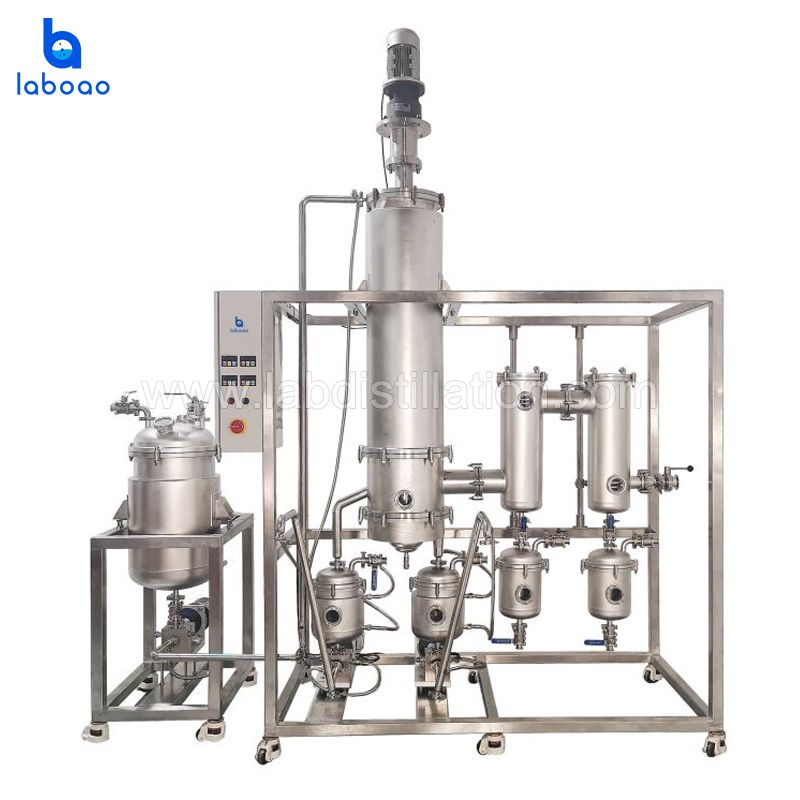
What is the difference between atmospheric distillation, reduced pressure distillation and pressurized distillation? How should we understand it?
Under pressure conditions close to atmospheric pressure, the liquid mixture is heated, and the components have different volatilities. The more volatile components are vaporized and then condensed, and the mixture can be separated. Since the entire distillation process is carried out under normal pressure, it is called atmospheric distillation.
The applicable scenarios of atmospheric distillation generally require that the boiling point of the mixture cannot be too high and that the stability of each component is relatively strong. This is because during the distillation process, some substances have been decomposed, oxidized or polymerized by heat before reaching the boiling point, and the higher the temperature, the more complicated the experimental control.
Then for high boiling point or heat-sensitive substances, vacuum distillation is needed.
We know that the boiling point of a liquid refers to the temperature when its vapor pressure is equal to the external pressure, so the boiling point of a liquid changes with the change of external pressure. If the pressure in the system is reduced with the help of a vacuum pump, the boiling point of the liquid can be reduced, which is the theoretical basis for the vacuum distillation operation.
Therefore, vacuum distillation, also known as vacuum distillation, is an important method for separating and purifying compounds, especially for high boiling point substances and compounds that have been thermally decomposed, oxidized or polymerized before reaching the boiling point during atmospheric distillation.
Under normal circumstances, atmospheric pressure and reduced pressure can already meet the separation of most liquid mixtures, and pressurized distillation is to deal with some exceptions, such as mixtures that are gaseous at normal temperature and pressure.
Since the object of distillation must be a liquid mixture, a mixture that is gaseous at normal temperature and pressure needs to increase the pressure in the system, and some gases will become liquids before distillation can be carried out. At the same time, pressurized distillation can increase the density of the distilled substance. The distillation equipment of the same diameter can pass more distilled substances, which can improve the distillation efficiency and reduce the production cost.



